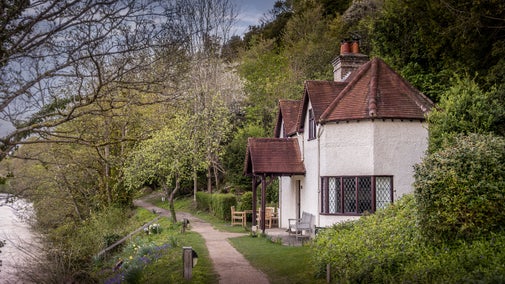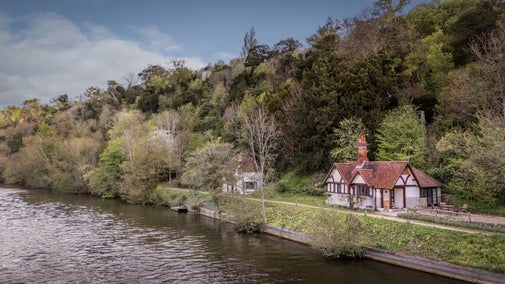
Become a member
Join today and help protect nature, beauty and history – for everyone, for ever. Enjoy access to more than 500 places with National Trust membership.
An historic landscape full of natural beauty
Pinkneys Green, Pinkneys Drive, Maidenhead, Berkshire, SL6 6QD

To park at Cookham Moor car park it costs £2 for non National Trust members. For NT members and blue badge holders this car park is free upon scanning of your membership card. All other car parks across Maidenhead and Cookham commons are free.
No toilets. Cookham Moor car park costs £2 for non National Trust members, all other car parks across Maidenhead and Cookham commons are free. Dogs welcome - be mindful of ground-nesting birds and cattle grazing.
Pinkneys Green, Pinkneys Drive, Maidenhead, Berkshire, SL6 6QD
Find out how to get the most out of a walk with your dog in miles of open spaces at Maidenhead and Cookham Commons.

Historic landscape full of natural beauty.
Enjoy rural countryside walks, impressive views over the landscape and find plenty of wildlife at Cookham Commons, the hidden gems of the Berkshire countryside.

Find an abundance of wildflowers, peaceful woodland walks and plenty of wildlife all year round at Maidenhead Commons, the hidden gems of the Berkshire countryside.

A 3-mile circular walk around Cookham Dean in Berkshire and the woodlands that inspired author Kenneth Grahame's Wild Wood in his children's novel Wind in the Willows.

Enjoy stunning views across the Thames Valley while following riverside paths on the dog-friendly Cookham and Cock Marsh walk.

Discover the wildlife and wetlands of the Thames Valley, while enjoying the views of The Mount at Cookham Dean, Cliveden House and Taplow Court.

A 5-mile walk along country lanes, woodland and the village of Cookham Dean that takes in places that inspired Wind in the Willows author Kenneth Grahame.

A moderate 6.9 mile circular walk heading south, to a former brick works, which is now a nature reserve, and through the mixed woodland of Maidenhead Thicket.


On the Cliveden Estate, this recently refurbished cottage has gorgeous river views.

Views over the Thames from this half-timbered former ferryman’s cottage near the Cliveden estate.
Sorry, there are no upcoming events at this place
The boardwalk at Cock Marsh needs £10,000 of repairs to make it safe for everyone. With your support, we plan to fix it soon with sustainable materials. This will enable walkers, families and nature-lovers to continue to explore these special landscapes.
Our beloved boardwalk at Cock Marsh needs repair. All donations will go to the repair of the boardwalk and other work on Maidenhead and Cookham Commons.
Could go towards replacement planks for the boardwalk.
From Bronze Age burial grounds to industrial brick works, discover the history of the pockets of rural land at Maidenhead and Cookham Commons.

Learn about some of the interesting characters who have lived and travelled in and around Maidenhead and Cookham Commons in Berkshire.

Find out how we protect and preserve around 500 acres of grassland and 340 acres of woodland habitat at Maidenhead and Cookham Commons, Berkshire.


Join today and help protect nature, beauty and history – for everyone, for ever. Enjoy access to more than 500 places with National Trust membership.
By sharing your email address you’re agreeing to receive marketing emails from the National Trust and confirm you’re 18 years old or over. Please see our for more information on how we look after your personal data.